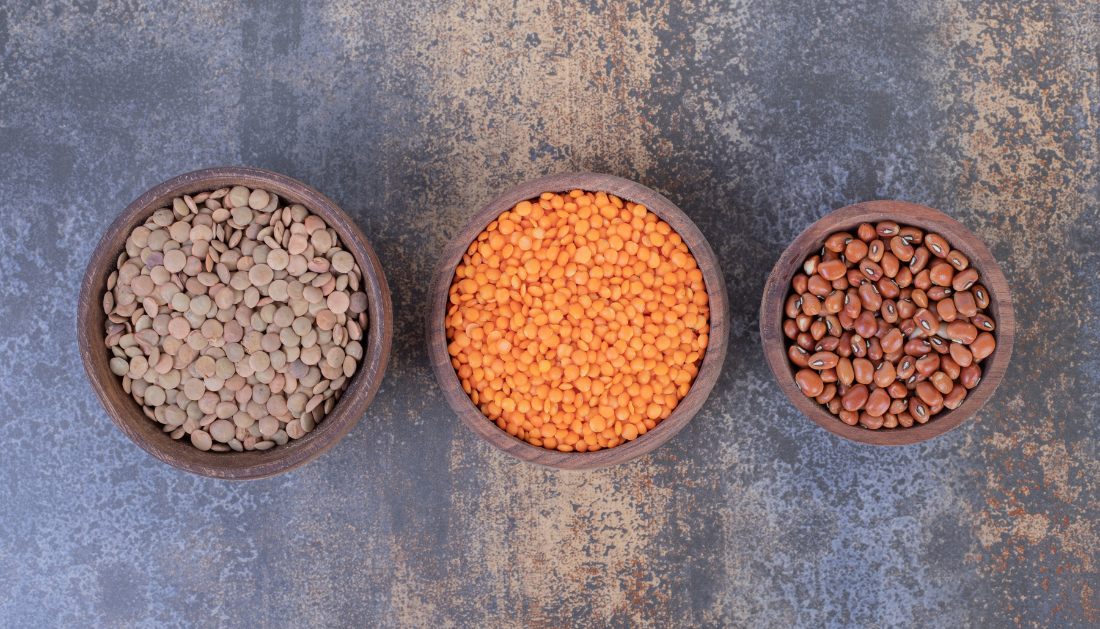

more recommended stories
 T-bet and the Genetic Control of Memory B Cell Differentiation
T-bet and the Genetic Control of Memory B Cell DifferentiationIn a major advancement in immunology,.
 Brain’s Biological Age Emerges as Key Health Risk Indicator
Brain’s Biological Age Emerges as Key Health Risk IndicatorClinical Significance of Brain Age in.
 Children’s Health in the United States is Declining!
Children’s Health in the United States is Declining!Summary: A comprehensive analysis of U.S..
 Emotional Processing for Chronic Pain Relief
Emotional Processing for Chronic Pain ReliefA groundbreaking clinical trial led by.
 Egg White Proteins for Hypertension
Egg White Proteins for HypertensionEgg white proteins for hypertension have.
 Limited Health Care Access During Disasters Delays Colorectal Cancer Diagnoses
Limited Health Care Access During Disasters Delays Colorectal Cancer DiagnosesNatural disasters like Hurricanes Irma and.
 Ethical Issues in Human-AI Relationships
Ethical Issues in Human-AI RelationshipsAs artificial intelligence becomes increasingly lifelike.
 Vegetarian Diets and Healthy Aging: Does Diet Quality Make a Difference?
Vegetarian Diets and Healthy Aging: Does Diet Quality Make a Difference?Vegetarian diets are widely recognized for.
 Mental Health Pros May Miss Bulimia Signs – Here’s Why
Mental Health Pros May Miss Bulimia Signs – Here’s WhyA recent study by the University.
 New Study Questions Fluid Restriction in Heart Failure Management
New Study Questions Fluid Restriction in Heart Failure ManagementA groundbreaking study presented at the.

Leave a Comment